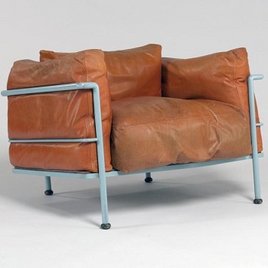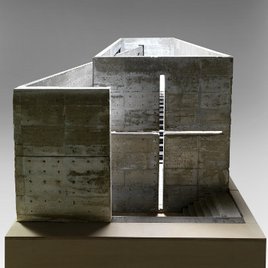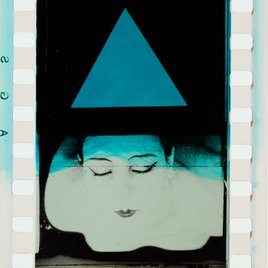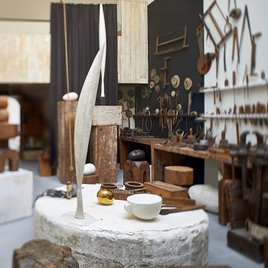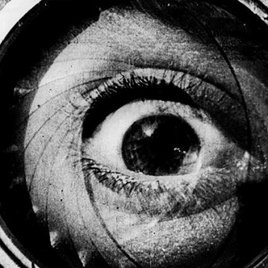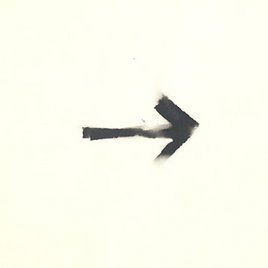Photography
Since the Centre Pompidou’s beginnings in 1981, in almost 40 years the photography collection of the Musée d’art moderne has become one of the largest in the world. It now houses over 45,000 prints and 60,000 negatives and covers the history of photography of the 20th century. Since its creation, its assets include European avant-garde works (Surrealism, Nouvelle Vision, Constructivism), but it also gives pride of place to contemporary creations, which make up a large part of its recent acquisitions. Through this collection and various promotional actions (exhibitions, publications etc.), the Musée national d’art moderne is a tireless campaigner for photography to be recognised as an artistic practice in its own right.
In the last few decades, the museum’s acquisition policy has evolved in line with well-defined strategic research priorities. Depending on the period, the aim is to spotlight certain regions (South Africa, Middle East, Eastern Europe), as well as to make up for lost ground in certain historical artistic fields (works by female artists and photographers), and finally, to trace the evolution of photographic practices (vernacular photography, installations, post-photography). Finally, the acquisition of masterpieces and exceptional ensembles to enrich the collection remains a major priority (Paul Virilio collection).
Modern works have made their mark thanks to a variety of acquisitions: purchases (photograms by László Moholy-Nagy, Dora Maar studio), donations (Brassaï and Eli Lotar collections), bequests (Brancusi studio), gifts (Man Ray collection). The Mnam’s collection is thus a benchmark for this period. This unique status was strengthened in 2011, with the purchase of the collection of Christian Bouqueret thanks to the patronage of Yves Rocher. It comprises almost 7,000 representative works of French and European photography from the inter-war period. As and when opportunities have arisen, the department has acquired works linked to this historical period (Gaston Paris) and has strengthened its interest in photographic creation from the post-war period, centred around humanist photography (Louis Stettner, Sabine Weiss).
The contemporary period has intensified recent efforts to purchase works that are representative of the corpora of conceptual photography from the 1970s and 1980s (Ugo Mulas, Fred Lonidier, Natalia LL) and to strive for a better representation of female photographers (Lynne Cohen, Susan Meiselas, Jo Spence).
The acquisition of recent works bears testimony to the Museum’s desire to keep abreast with the evolution of the most emblematic photographic practices of our time, whether through their political dimension or their new types of formats: Mohamed Bourouissa, Agnès Geoffray, Sara Cwynar, Adam Broomberg and Oliver Chanarin and Clare Strand.
The works in the photography room are often showcased during exhibitions highlighting the Museum’s penchant for interdisciplinary dialogue. Since 2014, the photo gallery – a space entirely dedicated to the medium – has hosted thematic exhibitions which shine a light onto new acquisitions ("Varda/Cuba" by Agnès Varda, "La Fabrique d’Exils" by Josef Koudelka, "Calais: witnessing the ‘jungle’" by Bruno Serralongue). Alongside temporary exhibitions centred around photography ("Henri Cartier-Bresson", "La Subversion des images", "Dora Maar"), the collection travels extensively around France and the world, thanks to its generous loan policy.

![Constantin Brancusi, La Colonne sans fin de Voulangis [vue en pyramide décroissante sur le ciel] automne 1927](/_elastic_filemount/media/picture/90/a4/90a4c72cc83487d357e8dfdfbaacec3e/thumb_large.jpg)





